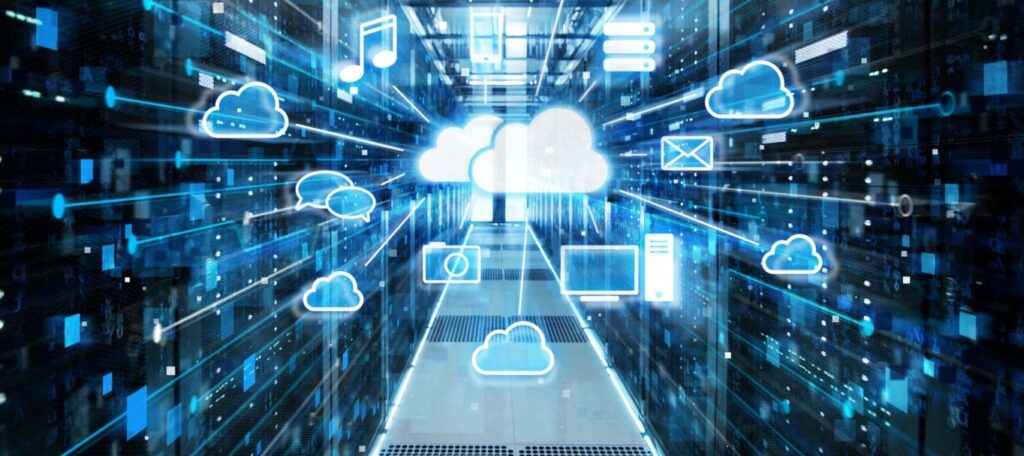Without a doubt, 2020 was a tragic and momentous year. There have been many challenges that humanity has faced in the last few decades, but COVID-19 has had the greatest impact on the whole of society, and perhaps it has never been more visible from the perspective of the entire world health community on the need for cooperation and coordination.
Technology-driven solutions to improve medical and patient outcomes have been developed by HealthTech startups prior to the spread of the novel coronavirus (n-CoV). Medical imaging techniques and artificial intelligence (AI) improve diagnosis and treatment. Start-ups are developing algorithms to improve treatment decisions. As the COVID-19 pandemic unfolds, technologies are also pivotal to addressing the challenges posed by the disease.
Here are seven ways technology and innovation are helping combat COVID-19:
It causes more panic and anxiety among the population when misinformation is spread about the number of fatalities, diagnosis and treatment options, vaccinations, medicines, and government policies. Chaos, panic buying, hoarding, price hikes, domestic violence, conspiracy theories, and so on can result from extreme economic conditions. As part of their efforts to reduce false information, companies like Google, Facebook, and YouTube are providing people with verified information, such as that published by the World Health Organization or local governments. It is possible to make a transparent scenario possible by making accurate information available to all and letting the people know what to do next.
1. Detecting and finding drugs

Every time a new pandemic breaks out, people immediately wonder if a cure or vaccine exists. Now, the world is desperate to find a solution to the Coronavirus outbreak and a treatment for the disease. Faster processes are enabled by technology. Through understanding viral protein structures, AI can suggest components for vaccines, and aid researchers in rapidly retrieving tens of thousands of relevant articles. AI tools have been developed at the Allen Institute for AI and Google DeepMind, while data sets have been shared and research results have been shared. AlphaFold, a cutting-edge system developed by DeepMind, predicts the 3D structure of proteins based on their genetic sequences in January. An atomic scale model of the spike protein, the viral component that attaches to and infects human cells, was created by the University of Texas at Austin and the National Institutes of Health with a popular biology technique.
Covid-19 Vaccine Could Be Found With AI
2. Sharing data increases traceability and transparency

To ensure that the public is informed during a pandemic and advised of appropriate precautions, clear messaging is essential. As part of the effort to provide visibility to the outbreak, several groups are using cutting-edge technology, including mobile, AI, ML, etc:
Providing widespread disease news is made easier with a map provided by Microsoft Bing.
Sixfold has published a free live map showing truck crossing times at EU border crossings, so that supply chains can expect delays in receiving shipments.
In addition to a live stream from the WHO where users will be able to ask questions and seek answers, social media platforms like TikTok have partnered with WHO on COVID-19 to keep their users informed.
A monitoring system and real-time alerts are provided by Taiwan CDC’s central epidemic command centre (CECC), which combines health data with travel data. For example, sending an automated alert when a patient enters the infected area during a clinical visit.
Caller tunes, such as those from Jio, BSNL, Airtel, and more, are being used in India to spread awareness of the epidemic.
3. Big data and facial recognition for tracking people

Big data analytics can significantly improve pandemic management in cases of pandemics. It enables rapid identification and connection of infected individuals and tracking of their contacts.
The use of facial recognition technology and data can enable accurate identification of people even when they are masked. These technologies are useful for monitoring individuals who are quarantined and tracking their movements. As well as keeping track of people, it can maintain a record of who has been contacted with an infected individual. Face recognition technologies coupled with CCTV cameras can identify infected people who step out of quarantine despite being under observation.
4. Can Big Data & AI help China combat Corona?
Using artificial intelligence to assess and forecast risks
Healthcare is embracing AI more and more. A lot of diseases can now be understood better thanks to AI-based data analytics and predictive modelling. Using artificial intelligence, the spread of diseases, medication, treatment, etc., could be forecast more accurately. Through AI, researchers have become better able to identify relevant studies that have the potential to provide new insights and solutions for the COVID-19 outbreak.
A number of AI research companies have developed tools designed to assess the risk of a pandemic through artificial intelligence. A machine learning algorithm is helping doctors figure out whether the patient is suffering from a common cold, the flu, or COVID-19, whether they should be tested, and which tests they need.
Chinese technology company Baidu has developed AI-based solutions to detect a change in body temperature while people are on the go and effectively screen large populations. There is no interruption to the flow of people with this system, since it can examine around 200 people in a minute. Using such a technology can identify sick people and quarantine them before they spread illness throughout a large area. It can be used in crowded places, such as hospitals, train stations, and airports.
5. Robotics, autonomous vehicles, and drones allow for contactless deliveries

The use of self-driving cars, drones, and robots can all assist when avoiding human contact is needed. Autonomous vehicles can be used to transport sick and injured patients with ease, without putting healthy people’s lives at risk. The robots could be used to deliver groceries, cook meals, sterilize hospitals, or patrol the streets. Among other things, drones can be used to deliver food and track populations, deliver test kits and medicine to quarantine locations, detect infected people with thermal imaging, spray disinfectants, etc. The use of drones, robotics, and autonomous vehicles is expanding into many new areas and use cases.
Coronavirus is fought in China using drones and autonomous robots.
6. Monitoring temperature with technology

At checkpoints of offices, airports, hotels, hospitals, train stations, shops, and other public places, wireless thermometer guns and other similar devices are used to measure body temperature in the infrared. Using these technologies, the temperature of the body can be accurately measured at a distance. Thus, individuals who might require further investigation can be pinpointed more easily. The process is becoming faster and more efficient thanks to the automated thermal monitoring and facial recognition.
7. Business continuity and social distancing through remote working technologies
Working from home promotes business continuity and relieves social pressure during pandemics or other calamities. Ensure that deliverables do not suffer in such an event by implementing technologies that offer secure access to data, enterprise applications, virtual meetings, online conferencing, and virtual/mixed/augmented reality. Technology has made remote working possible and is one of the most useful solutions in removing us from social contact.
Conclusion
Today, pandemics pose a greater threat to human lives than any other threat. They are notoriously infectious, potentially deadly, and can kill millions. We now realize that we were not prepared for COVID-19 because of the transparency gained through this current situation. We will not be prepared individually or collectively to deal with the next pandemic ‘if it happens’, but ‘when it happens’. A better thing would be to be prepared. It is true that technology has advanced more and will continue to advance exponentially. However, human institutions and societies need to invest in technology systems to prepare for technology advancements. From artificial intelligence to robotics, the innovations in technology are helping to manage the COVID-19 epidemic and ensure the outbreak can be controlled as efficiently, effectively, and calmly as possible going forward.




